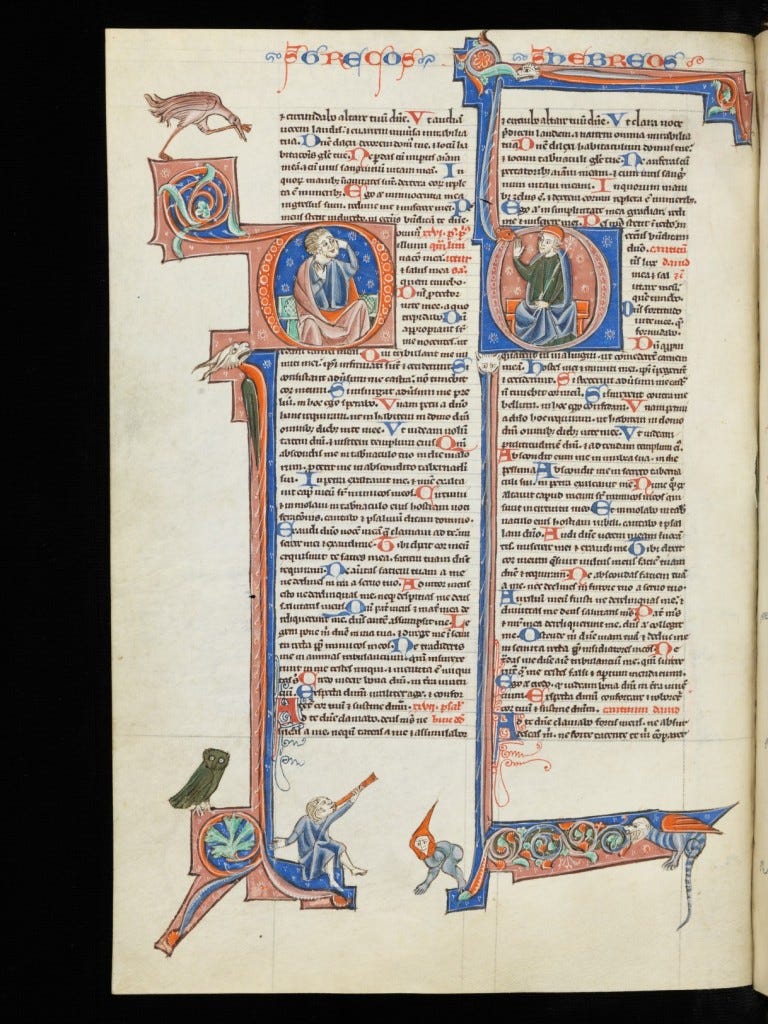Letter shapes

Our history has been shaped by the shape of the letters we write. With this pronouncement ends the second part of the BBC documentary The Secret History of Writing. We are the language we use. We are the letters w…
Keep reading with a 7-day free trial
Subscribe to Biblonia to keep reading this post and get 7 days of free access to the full post archives.

